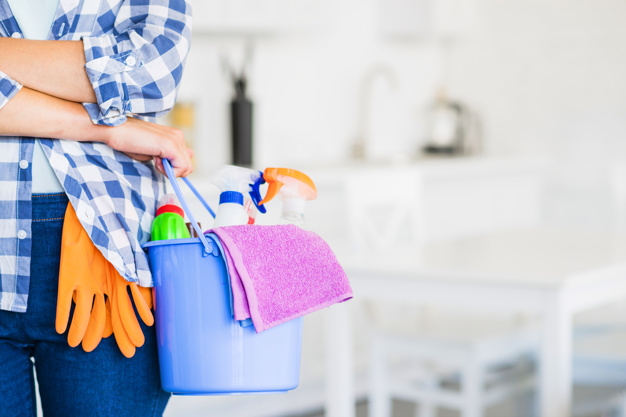Fighting Coronavirus Threat: The Difference between Cleaning, Sanitizing, and Disinfecting

As COVID-19 continues to spread around the world, it is no doubt that your home is considered to be your personal safe zone – a sanctuary that keeps you away from getting infected by the harmful virus. However, with the number of COVID-19 cases steadily rising for the past weeks, it is now crucial for each one of us to provide measures that can prevent the pandemic from reaching our doorsteps.
The first step would be to maintain the cleanliness of your home. According to experts, sanitizing and disinfecting are two of the best ways to counter any existence of bacteria and viruses that could cause diseases. Some of you might think that cleaning, sanitizing, and disinfecting are all the same thing, but these terms, in reality, have their own differences.
This article will help you understand more about the distinctions between the three, based on the standards of the Centers for Disease Control and Prevention (CDC):
Cleaning
Cleaning refers to the process of removing dirt, debris, and dust that are otherwise visible within a specific area. It can also be used to describe the process of organizing a space. Cleaning a surface usually requires agents such as soap and detergent mixed with water that can be applied through scrubbing or wiping.
This method won’t be able to kill all germs and viruses, but it can reduce their numbers and minimize the chances of them spreading in your home.
Sanitizing
Products that are made for sanitation have the capability to eradicate any accumulation of germs within a given area. Sanitizing has some similarities with cleaning though it is more focused on targeting bacteria, fungi, and viruses that are harmful to your health. Apart from hand sanitizers, the use of sanitation can also be applied and is essential for meal prep areas, where germs and fungi could contaminate the food.
Disinfecting
Disinfecting your home can be viewed as the most aggressive method among the three, as it is designed to literally kill microscopic organisms – be it germs, viruses, or fungi. This became the reason as to why products that are dedicated for disinfection purposes contain chemicals that are approved by the EPA. Some are even more advanced to the extent that they can break apart the protective coating of a virus and destroy the DNA inside, making them unable to reproduce in the process.
Though deemed as highly effective for combating COVID-19, disinfecting does not remove other things such as dust and dirt, which means that it’s better to clean an area first before doing the disinfection.
Important Reminder
Cleaning must be done on a regular basis for the purpose of keeping the aesthetic quality of your kitchen. Sanitation, on the other hand, is essential for maintaining health and hygiene and is usually applied in areas you typically come in contact with, such the doorknobs, countertops, switches, remote, etc. Disinfecting your home can be done from time to time, but must always be the primary measure in specific scenarios like if you have someone in your household is ill or possess a weak immune system.
Are you in need of a kitchen remodeling contractor? Then you should check out Mr. Cabinet Care! Our company has been voted “Best Kitchen Remodeling Company” 13 Times. If you’re interested in upgrading the look and functionality of your kitchen to the next level, contact us today at (714) 961-1900 or visit our website www.mrcabinetcare.com/


